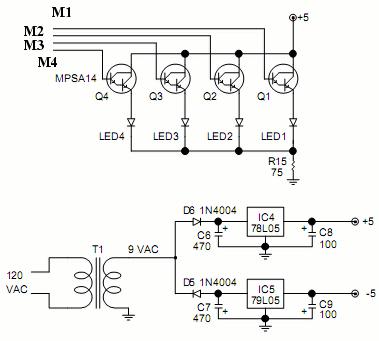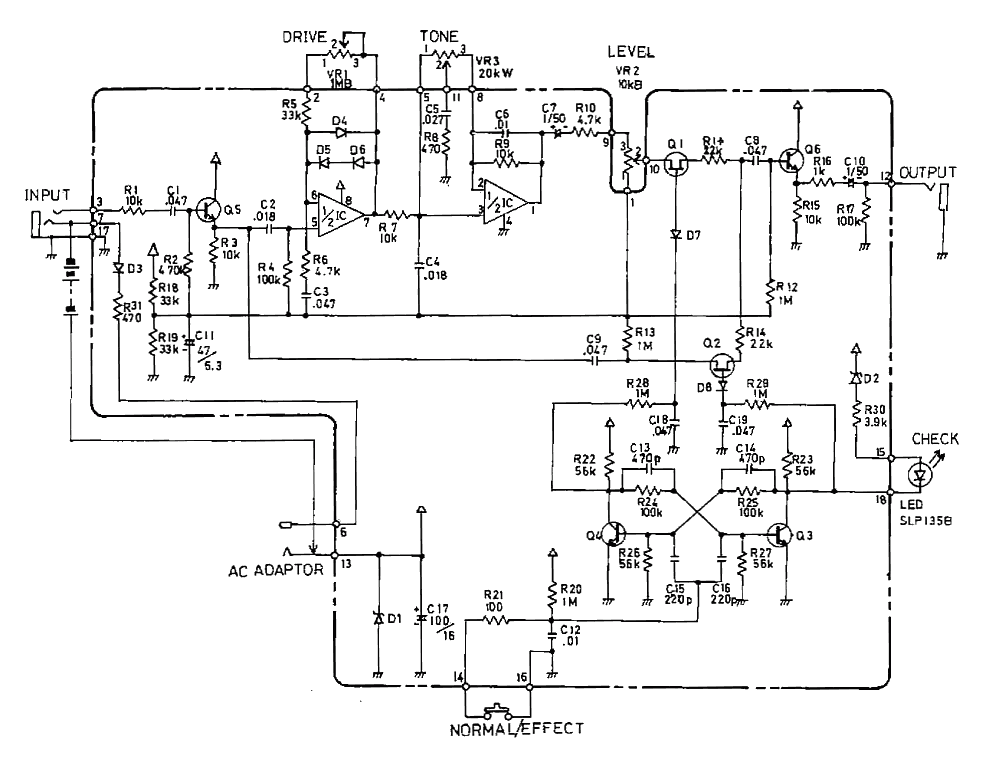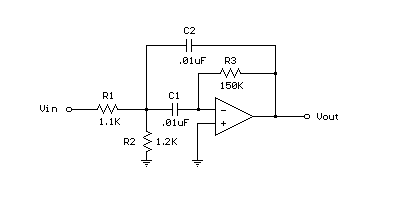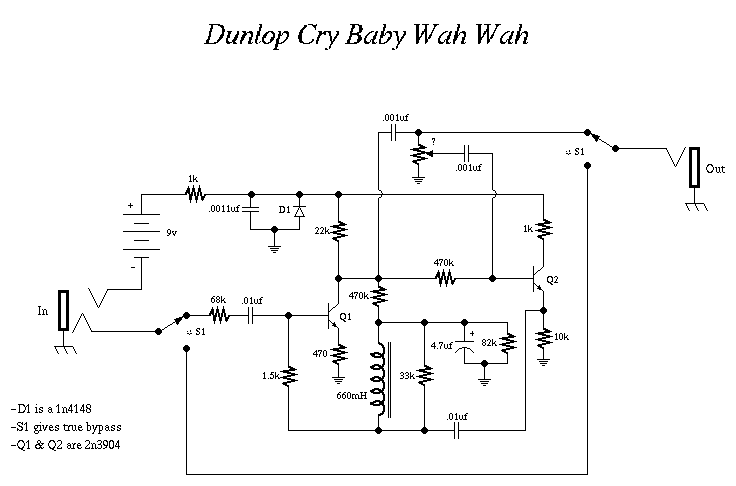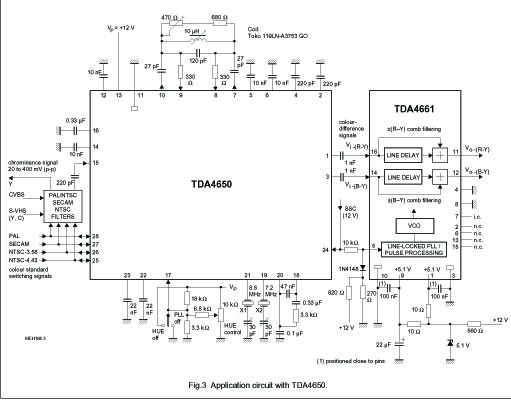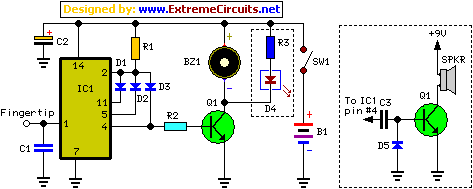
Crazy Looper Schematic
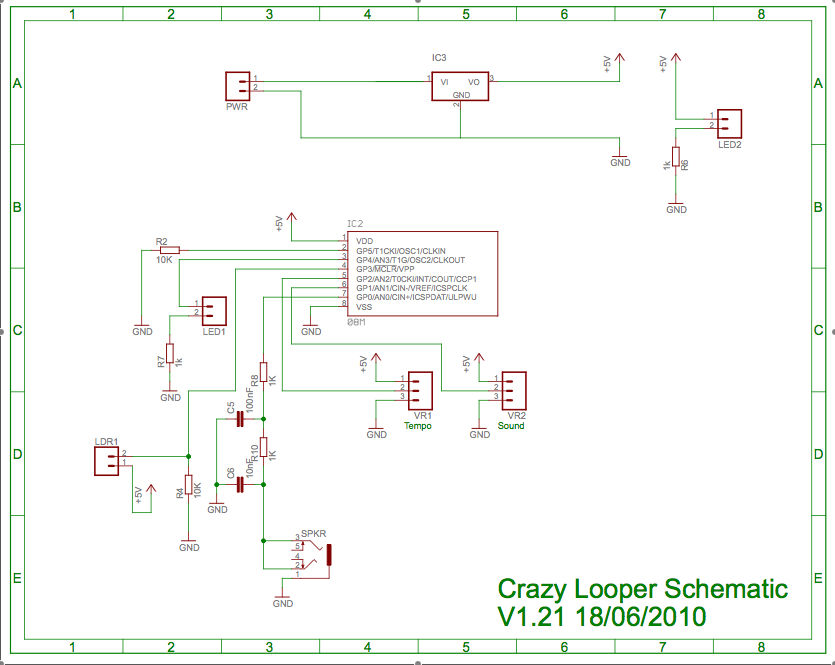
Two schematics are provided, one depicting the circuit without a programming port and the other including a programming port.
The first schematic represents a basic electronic circuit configuration that operates independently of a programming interface. This design may be suitable for applications where pre-programmed functionality is sufficient, and no further modifications or updates are anticipated after the initial setup. Such circuits often utilize fixed components, such as resistors, capacitors, and integrated circuits, which are configured to perform specific tasks without the need for external programming capabilities.
The second schematic incorporates a programming port, allowing for the reprogramming of the device after deployment. This feature is particularly beneficial in applications where adaptability and upgradability are essential. The programming port typically interfaces with a microcontroller or programmable logic device, enabling users to upload new firmware or modify existing settings. This circuit may include additional components such as voltage regulators, level shifters, and interface connectors to ensure proper communication between the programming device and the circuit.
In summary, the two schematics illustrate distinct approaches to circuit design, one optimized for fixed functionality and the other designed for flexibility and reprogrammability. Each configuration serves different operational requirements, catering to the specific needs of various electronic applications.I have included two schematics, one is the circuit without a programming port and one includes a programming port.. 🔗 External reference
The first schematic represents a basic electronic circuit configuration that operates independently of a programming interface. This design may be suitable for applications where pre-programmed functionality is sufficient, and no further modifications or updates are anticipated after the initial setup. Such circuits often utilize fixed components, such as resistors, capacitors, and integrated circuits, which are configured to perform specific tasks without the need for external programming capabilities.
The second schematic incorporates a programming port, allowing for the reprogramming of the device after deployment. This feature is particularly beneficial in applications where adaptability and upgradability are essential. The programming port typically interfaces with a microcontroller or programmable logic device, enabling users to upload new firmware or modify existing settings. This circuit may include additional components such as voltage regulators, level shifters, and interface connectors to ensure proper communication between the programming device and the circuit.
In summary, the two schematics illustrate distinct approaches to circuit design, one optimized for fixed functionality and the other designed for flexibility and reprogrammability. Each configuration serves different operational requirements, catering to the specific needs of various electronic applications.I have included two schematics, one is the circuit without a programming port and one includes a programming port.. 🔗 External reference
